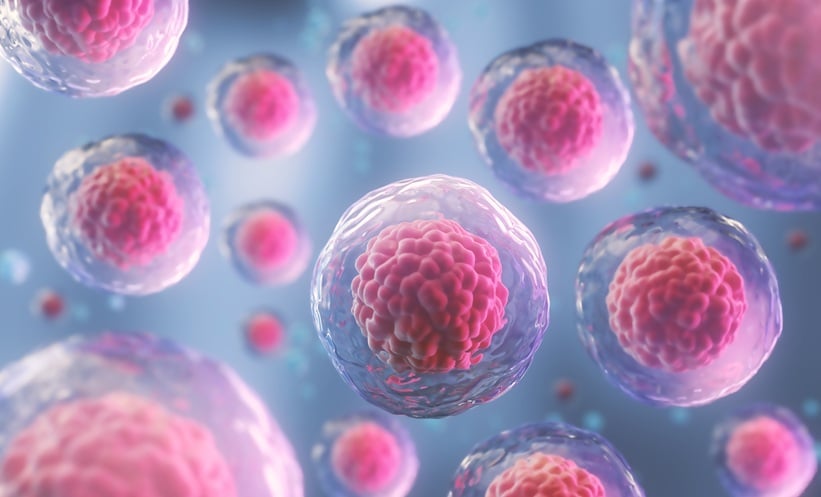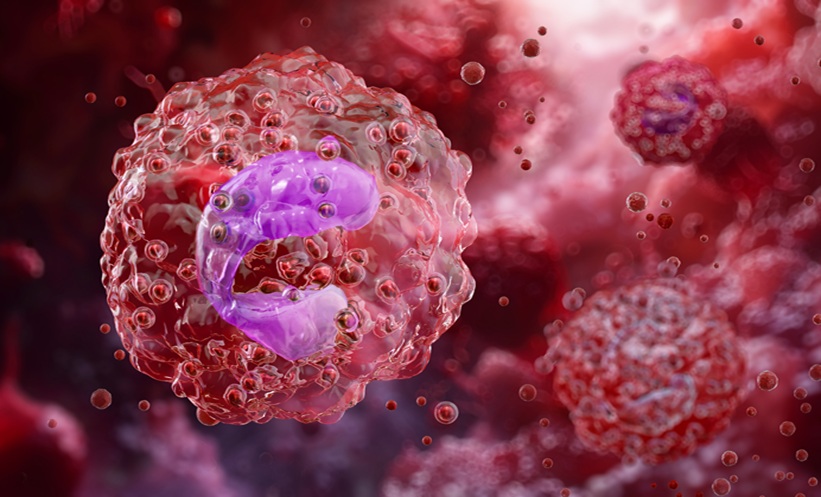Mariana Couto | EAACI Working Group on Allergy, Asthma & Sports
![]()
The European Medical Journal caught up with Mariana Couto about her role in the EAACI Working Group on Allergy, Asthma & Sports, as well as interdisciplinary collaborations with other working groups and the major challenges faced by doctors in this field.
Could you tell us about how you came to be part of the EAACI Working Group on Allergy, Asthma & Sports?
I have been interested in this field of knowledge since very early in my career. I had a fellowship at the Norwegian School of Sports Sciences, under the supervision of Prof Kai-Håkon Carlsen, and in a blink of an eye I became so enthusiastic that I decided to do my PhD in this area. My thesis was entitled: ‘Asthma and sports: Mechanisms and effects of airway damage in elite athletes.’ Almost at the same time, the EAACI was having elections and I applied to the Junior Members (JM) Working Group (WG). Given my interest in this field, I became the JM representative of the WG on Allergy, Asthma & Sports. I served two terms as a JM, then I applied to become a senior member of the Board and was elected Secretary during one term, and then Chair during this last term.
What is the Working Group currently focussing on?
Besides spreading the news related to allergy, asthma, and sports through active participation in Congresses with symposiums and workshops devoted to this area, the WG has two major projects running: one focussing on effects of exposure to chlorine by-products in swimming pools, and the other related to the role of exercise in rehabilitation of patients with asthma; this one is in collaboration with the EAACI Asthma Section and the European Respiratory Society (ERS).
There is a EAACI-ERS Joint Task Force focussing on the recognition and diagnosis of exercise-related asthma, respiratory, and allergic disorders in sports. How important are such interdisciplinary collaborations?
Patients with sports-related respiratory symptoms search for the assistance of different doctors, not only allergists but also pulmonologists, general practitioners, sports medicine physicians, and more. So, it is very important these interdisciplinary collaborations occur so that information can reach a lot of physicians to ensure the best possible and homogenised care of these patients.
The use of therapeutic use exemptions (TUE) has come under suspicion from the public in recent years as a result of high-profile cases. Would you say greater public understanding of the link between intensive endurance training and possible airway injury is necessary to combat this? Alternatively, should increased scrutiny be placed on TUE?
There are many studies demonstrating that inhaled beta 2 agonists, the main bronchodilators used for asthma and airway hyperresponsiveness, do not enhance sports performance, and therefore a lot of voices advocate their free use in sports without the need for a TUE. However, I do not personally agree because we have shown in a study1 that there is a need for TUE to justify the use of such medication in order to reduce the number of athletes taking these drugs. Furthermore, although inhaled beta 2 agonists do not enhance their sports performance, these athletes were taking medication for which there was no clinical indication for their need, and this could result in potential side effects (which may occur with any drug). So, I believe the need for TUE improves athlete care, but this is of course a personal opinion and not an institutional statement, because this reality may vary between countries.
With approximately 7–8% of Olympic athletes affected by asthma or airway hyperresponsiveness, it is clear that they are not necessarily a barrier to participating in exercise. However, what considerations need to be borne in mind when managing these conditions?
Athletes’ care needs further attention and more studies are needed to further investigate how the asthma phenotype of elite athletes differs from that of classical asthma in the general population. Being able to define such distinct phenotypes would give further knowledge and understanding of the underlying mechanisms of asthma in elite athletes and would improve diagnosis and treatment. Different therapeutic modalities could then be specifically applied for the targeted phenotypes, rather than for asthmatic athletes in general, which is the current management approach.
Moving away from elite-level athletes, how can we encourage all those with allergies and asthma to participate in exercise?
Compared to inactive young people, physically active children and youth have higher levels of cardiorespiratory endurance. Regarding asthma, evidence has shown that physical training improves cardiopulmonary fitness and may even improve the quality of life of both children and their caregivers. It has been suggested that moderate intensity physical training may decrease both total and allergen-specific IgE levels and reduce the need for asthma medication. So, physical activity should be recommended as a supplementary therapy to medication in asthmatic individuals.
But it must be noted that physical exertion is a powerful trigger of bronchoconstriction and symptoms in patients with asthma. Symptoms of asthma during exercise may result in avoidance of physical activity leading to detrimental consequences to physical and social wellbeing of patients with asthma. So, it is very important the patient has adequate asthma control and regular appointments with their allergist to ensure the medication is efficacious in preventing symptoms.
On this theme, are there any sports that are particularly suitable or unsuitable for those with allergy and asthma?
It has been previously shown that intense swimming activity causes a lung growth greater than normal in children and adolescents and teaches airway control. Also, the hot and humid conditions of swimming training have been pointed out to be less asthmogenic. So, swimming is one of the best sports for asthmatics, but exposure to chlorine by-products has raised some concerns in the last years, and that is why the WG is now collecting evidence to evaluate this situation.
Golf, yoga, and gentle biking are also less likely to trigger asthma flare-ups. Other sports that are favourable for asthmatics include baseball, football, gymnastics, and shorter track and field events.
Some sports can be challenging for patients with asthma. These include endurance sports like long-distance running or cycling or sports that demand a lot of energy without a lot of rest time. Cold-weather sports like cross-country skiing or ice hockey can also be difficult. It is very important to note that although these sports may not be the best choice, the asthmatic patients are able to perform any sport as long as their asthma is managed and under control.
With allergy and asthma diagnoses on the rise in many countries, does this present you with any challenges in your work?
From year to year we have larger numbers of children and youth that need to be monitored in our allergy departments, and that demands extra effort from the doctors obviously.
With ultra-endurance sports growing in popularity, do people need to be aware of the link between intensive endurance training and possible airway injury?
Yes, it is very important that people are aware of this link and that they recognise the possible symptoms associated so that they can promptly search for a doctor who, if needed, can perform exams. It is very common that people who perform sports at extreme conditions interpret their respiratory symptoms as ‘normal’ in the context of heavy training and delay seeking medical help, which impairs their treatment and may lead to pathological conditions as a result of this acute injury.
What are some of the issues you expect the WG to have to tackle in the future?
I am leaving the WG this year, I have been elected to the Asthma Section, but I hope the new Board and its Chair keep up the enthusiasm for informing the medical community and society about the news in this field and continue contributing with research that may increase knowledge about diagnosis and treatment of these conditions.







